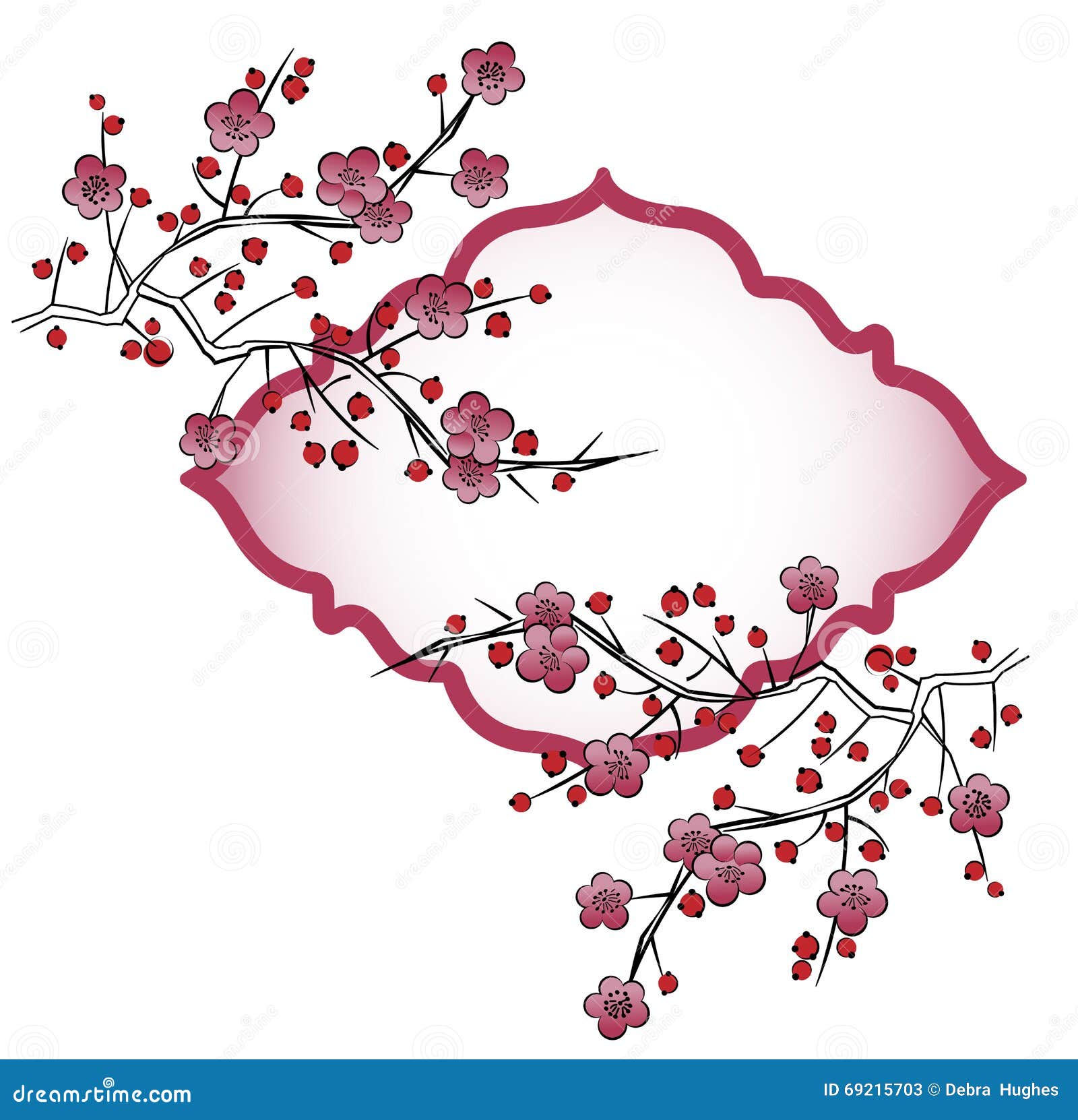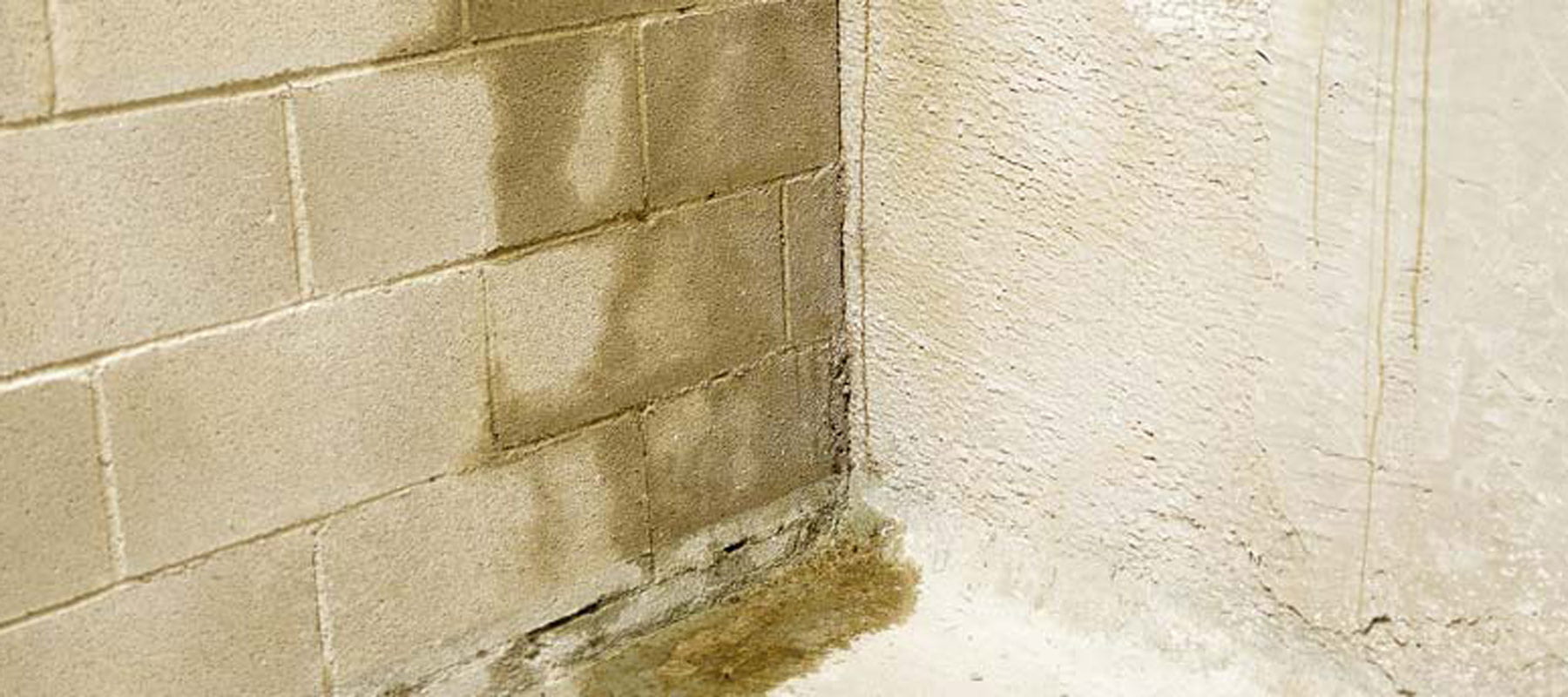Table Of Content

As these gardens were nearly always arranged around a central pond, or lake for the very well-to-do, bridges were an essential element of the design. The flower gets its Japanese symbolism and meaning in hanakotoba (brightness and vivacity) from its vibrant appearance. In the west, rapeseed is a symbol of vitality and limitless energy. In Japan, however, there is a variety known as winter peonies or cold peonies, which bloom during the winter. Although they bloom during the winter, they do not do so naturally. They are actually provided special conditions and cultivated for intentional winter blooming.
What kind of flowers does ikebana use?
Sometimes, practitioners of ikebana, or ikebanaists, trim flowers and branches into unrecognizable shapes, or they may even paint the leaves of an element. Plant limbs may be arranged to sprout into space in various directions, but in the end, the whole work must be balanced and contained. At times, arrangements are mounted in a vase, though this is not always the case. Ikebana is a Japanese traditional art consisting in the arrangement of cut flowers and plants in a pot or a vase in various colors, sizes and directions while creating a harmonious visual unity. This ephemeral artwork represents a scenery or the artist’s feelings, a message to convey or a memory.
Suitable Occasions for Gifting Ikebana Arrangements

The art form gained philosophical depth during this time, with the influence of Zen Buddhism becoming more pronounced. Ikebana was no longer just about creating beauty; it was a path to spiritual enlightenment, a way to understand the world and our place within it. Ikebana originated in the 6th century with the introduction of Buddhism to Japan from China and Korea. Buddhist monks initially practised the art of flower arranging, or “Kuge” as a ritual offering to Buddha.

Modern schools of ikebana
While you might appreciate floral designs of all styles and techniques, you might not realize how much thought, tradition, and design principles go into creating a beautiful floral arrangement. However, few schools of floral design are infused with as much depth of theory, symbolism, design, tradition, and rich cultural meaning as the Japanese art of ikebana flower arranging. In this Ikebana guide, we’ll cover everything you need to know about the history, origins, theory, and modern-day practices of this ancient art form.
As houses grew bigger courtyard gardens also took on the function of regulating the temperature and airflow in the home during the long hot summers. Various water features were particularly effective for this, and are used in many types of Japanese garden. Japanese garden designs relies on a variety of different trees and shrubs, but one particular distinguishing feature is the extensive use of moss. The classical Zen garden, for example, is praised for its purity and meditative spirituality. Its transformative quality is by no means an accident; Japanese gardens are meticulously designed and carefully crafted down to every single element.
A Japanese Ikebana Artist in France - Pen Online
A Japanese Ikebana Artist in France.
Posted: Thu, 12 Sep 2019 07:00:00 GMT [source]
Principles of Ikebana
Another traditional school of ikebana design is the nageire school. These designs are created for use during traditional tea ceremonies (chadō). While some arrangements might consist of a single flower and bare branches, others can incorporate several elements, including flowers and branches and other natural objects like moss, stones, leaves, and even fruit. In addition to the floral arrangements representing Buddhist principles of harmony and balance, the practice of constructing an ikebana arrangement can also be regarded as a meditative practice. In ikebana, the work or journey is just as important as the final result or floral arrangement. Just as enlightenment can be achieved through concentration and practice, so can the perfectly balanced ikebana.
Sides Core's Japanese flower shop features curved black climbing frame for plants - Dezeen
Sides Core's Japanese flower shop features curved black climbing frame for plants.
Posted: Sat, 23 Sep 2017 07:00:00 GMT [source]
First came the rise of the Ikenobo School, whose name refers to a long line of priests in Kyoto who followed the Buddhist tradition of presenting floral offerings in the temple. During this time, Ikenobo Senkei gained fame for his skillful floral compositions; today, he is considered the first master of ikebana. The first known written text on ikebana, called Sendensho, was penned in the 15th century.
Traditional Japanese Flowers (Plus When and Where to See Them)
The best stones for an authentic Japanese garden are rounded on one side, and flat on the other if they're to be walked on. Many Japanese gardens have gates that aren’t intended as physical barriers. A gate or bridge can give visitors a sense of discovery, and will make a garden feel bigger by dividing it. And we may not have much time in our own lives to put aside for learning the gentle art of cloud pruning, intricate gravel maintenance or Kanso (the Japanese equivalent of Feng Shui).
Compositions that do not follow this triangle system are known as freestyle. In ikebana, the arrangement of flowers is not just about creating a pleasing visual effect, but also about expressing a sense of balance, harmony, and the beauty of impermanence. Unlike Western floral arrangement, which often emphasizes symmetry and the use of a wide variety of flowers and foliage, ikebana tends to be more spare. With a history spanning over 600 years, ikebana remains a cherished tradition in Japan, passed down from generation to generation as a way of connecting with nature and expressing creativity. This specific type of flower arranging has evolved into a highly respected art form that reflects the Japanese aesthetic sense and philosophy.
Ikebana is counted as one of the three classical Japanese arts of refinement, along with kōdō for incense appreciation and chadō for tea and the tea ceremony. It is a thoughtful and meditative process where each step holds significance. The word ikebana comes from the Japanese words ikeru (to arrange, be living, or have life) and hana (flower). Ideas to update and improve your outdoor space with hardscaping elements.
He heartily believed that excellent ikebana is not divorced from the life and times of its creator, and that a flower is an irreplaceable, expressive tool that reveals the soul. At present, Ikenobo, Ohara, and Sogetsu are the most popular styles, with around 400 of these schools operating today. The flexibility and variation that the Moribana style allows for has made it a favorite and a staple in almost every ikebana school today. At the core of Moribana is a three-stem system, whereby three flowers are almost always fixed to create a triangle.
Your intention and thoughtfulness are paramount to practicing it authentically. The final arrangement should in many ways reflect the mind of the creator, so be conscious of what you want to communicate, the physical world, and each choice you make. These arrangements can make significant gifts, so maybe consider adding them to the products and services you offer. You might just discover a new passion and a deeper connection with the world around you. It’s about being in the moment, finding beauty in the imperfections, and creating a dialogue with nature.













